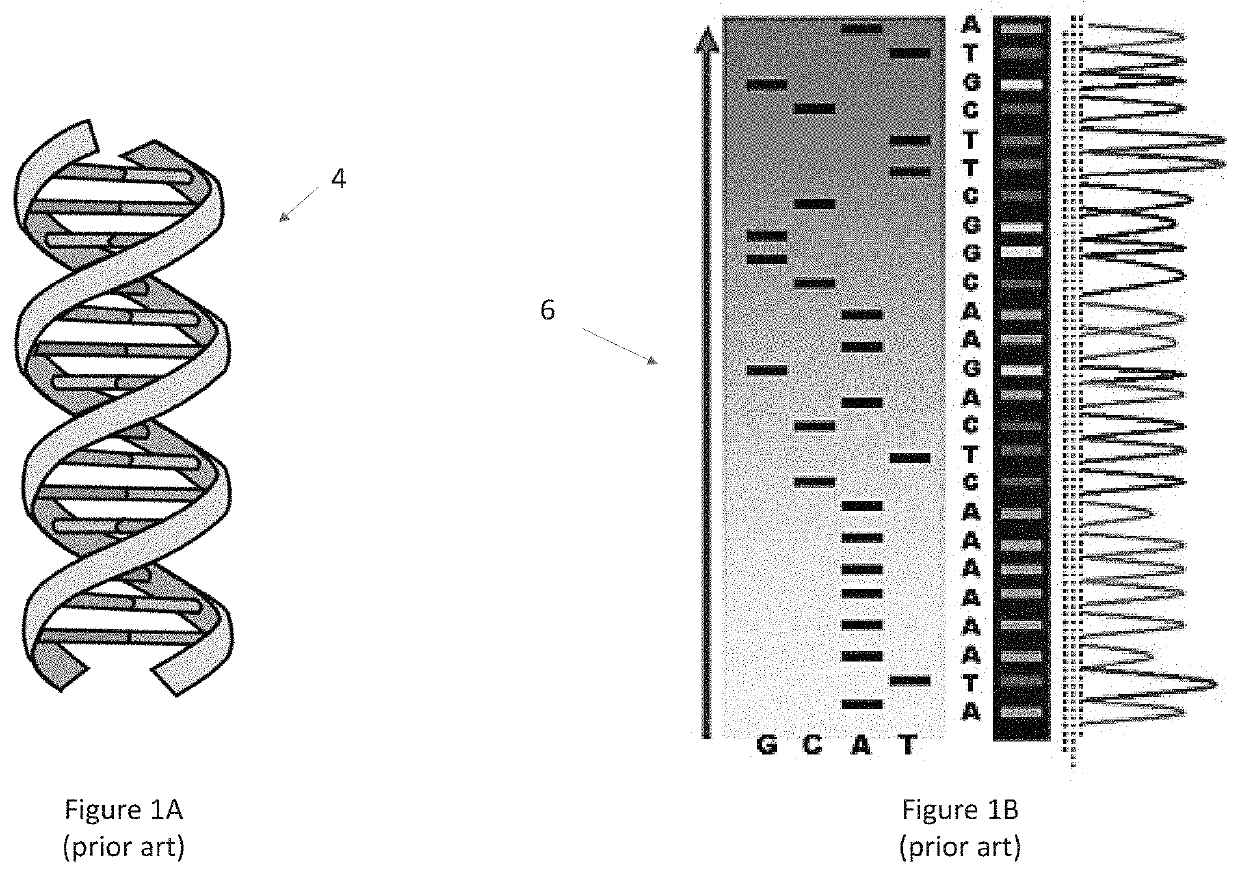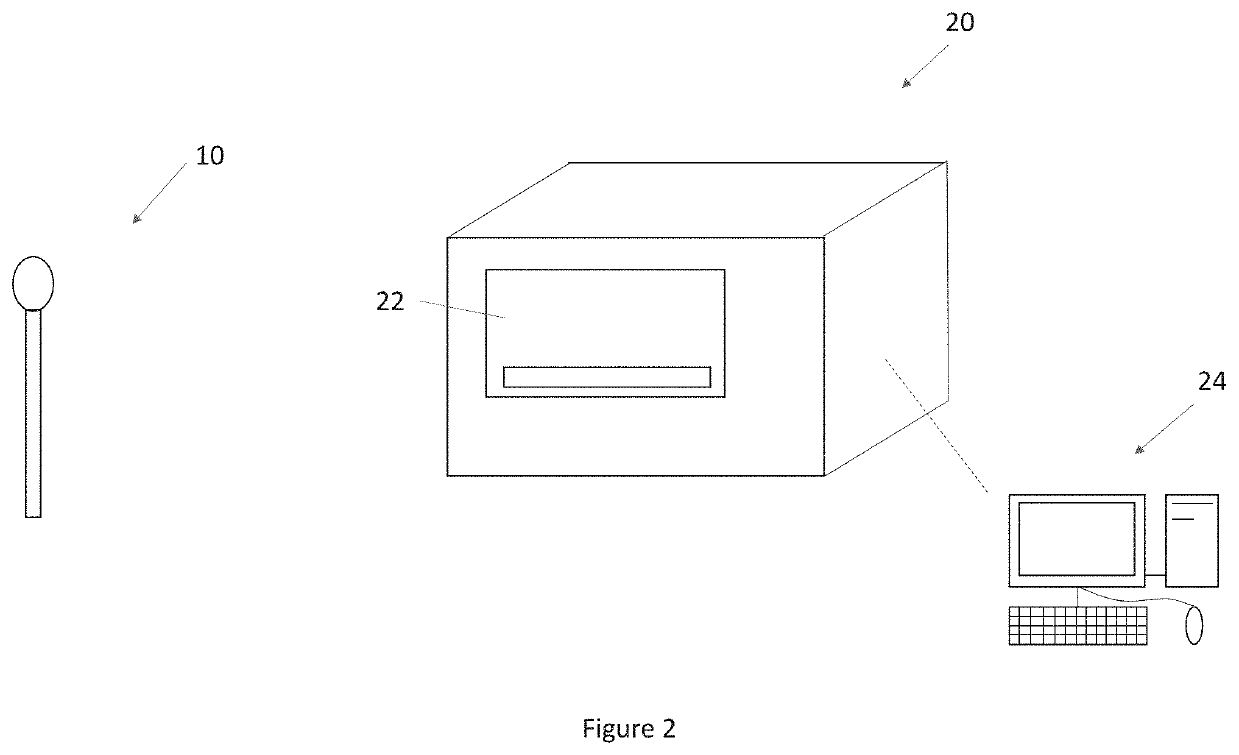Preventing the fill of ineffective or under-effective medications through integration of genetic efficacy testing results with legacy electronic patient records
a technology of genetic efficacy testing and legacy electronic patient records, applied in the field of preventing the filling of ineffective or under-effective medications, can solve the problems of medications or dosages to be wholly or partially ineffective, side effects or other undesirable consequences, ineffective results,
- Summary
- Abstract
- Description
- Claims
- Application Information
AI Technical Summary
Benefits of technology
Problems solved by technology
Method used
Image
Examples
Embodiment Construction
)
[0047]Various embodiments of the present invention will now be described in detail with reference to the accompanying drawings. In the following description, specific details such as detailed configuration and components are merely provided to assist the overall understanding of these embodiments of the present invention. Therefore, it should be apparent to those skilled in the art that various changes and modifications of the embodiments described herein can be made without departing from the scope and spirit of the present invention. In addition, descriptions of well-known functions and constructions are omitted for clarity and conciseness.
[0048]FIG. 1A is a simplified illustration of a DNA helix 4. DNA, or deoxyribonucleic acid, is a double-helix shaped chain of nucleotides that carry the genetic instructions used in the growth, development, functioning, and reproduction of all known living organisms. There are four major types of nucleobases in any nucleotide of a DNA sequence,...
PUM
 Login to View More
Login to View More Abstract
Description
Claims
Application Information
 Login to View More
Login to View More - R&D
- Intellectual Property
- Life Sciences
- Materials
- Tech Scout
- Unparalleled Data Quality
- Higher Quality Content
- 60% Fewer Hallucinations
Browse by: Latest US Patents, China's latest patents, Technical Efficacy Thesaurus, Application Domain, Technology Topic, Popular Technical Reports.
© 2025 PatSnap. All rights reserved.Legal|Privacy policy|Modern Slavery Act Transparency Statement|Sitemap|About US| Contact US: help@patsnap.com



